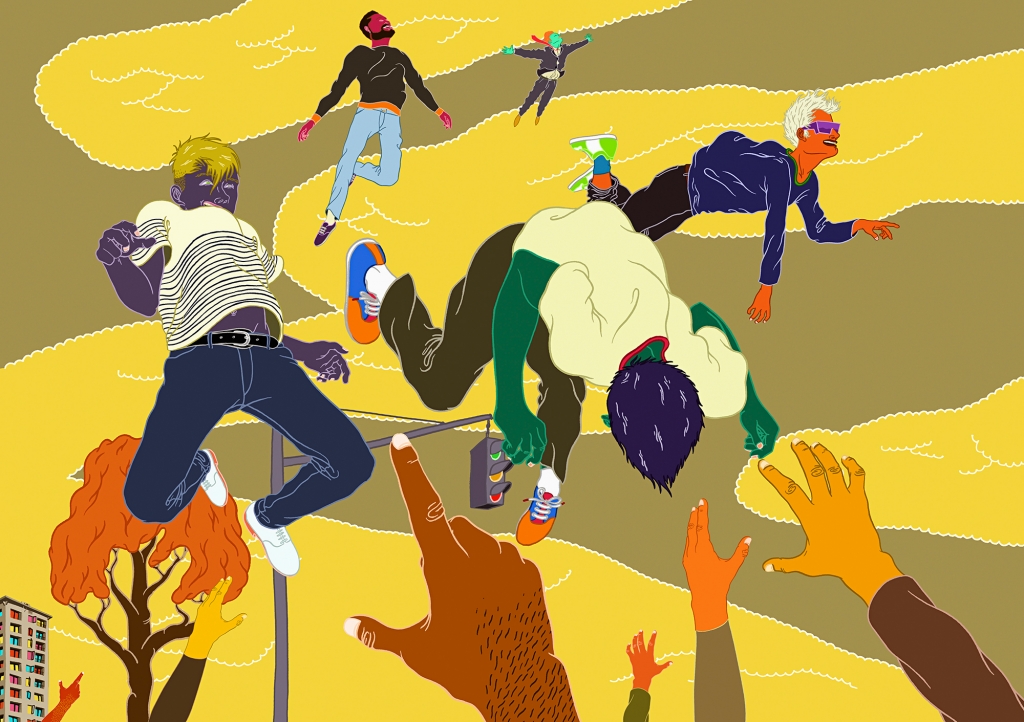-
Tips for becoming a good boxer - November 6, 2020
-
7 expert tips for making your hens night a memorable one - November 6, 2020
-
5 reasons to host your Christmas party on a cruise boat - November 6, 2020
-
What to do when you’re charged with a crime - November 6, 2020
-
Should you get one or multiple dogs? Here’s all you need to know - November 3, 2020
-
A Guide: How to Build Your Very Own Magic Mirror - February 14, 2019
-
Our Top Inspirational Baseball Stars - November 24, 2018
-
Five Tech Tools That Will Help You Turn Your Blog into a Business - November 24, 2018
-
How to Indulge on Vacation without Expanding Your Waist - November 9, 2018
-
5 Strategies for Businesses to Appeal to Today’s Increasingly Mobile-Crazed Customers - November 9, 2018
What Your Brain Looks Like on LSD
Scientists from Imperial College London working with Beckley Foundation, take a look into the psychedelic compounds and their affect on brain activity.
Advertisement
By investigating the psychedelic effects of LSD with brain scanning, we can open the doors of perception to discover how the familiar, egotistical sense of self depends on a particular pattern of brain network organisation.
Current findings suggest that LSD and other psychedelic drugs could help scientists gain important insights into the brain, potentially offering a biological explanation as to what constitutes reality.
The researchers asked the people to rate their mood changes-getting answers like “I’m tripping like crazy” or “nothing is happening”-their visual distortions and their intensity of ego dissolution: a loss of self-identity and sense of connection to the environment outside of oneself that reportedly happens to people when they take LSD, which is illegal in the United States”.
“We saw that many more areas of the brain than normal were contributing to visual processing under LSD – even though the volunteers’ eyes were closed”.
The brain regions that contribute to vision were much more active when a person was under the influence of LSD.
The researchers observed increased global connectivity in the frontoparietal cortex, a part of the brain involved in self-consciousness, and also between this portion and the sensory areas.
To uncover these and other neural consequences of LSD, Carhart-Harris and his colleagues recruited 20 volunteers by word of mouth, selecting prior psychedelic drug users to minimize the risk of frightening effects. Previous studies have suggested that LSD could be an effective treatment option for people with depression and PTSD, as ATTN: reported.
“Normally our brain consists of independent networks that perform separate specialised functions, such as vision, movement, and hearing – as well as more complex things like attention”, research lead Robin Carhart-Harris said.
“However, under LSD the separateness of these networks breaks down and instead you see a more integrated or unified brain”, he said. They also shed light on the brain changes that underlie the profound altered state of consciousness the drug can produce. This known effect is called “ego dissolution”: “the sense that you are less a singular entity, and more melded with people and things around you”.
If, in some cases, mental illness is a result of brain behaviors becoming “automated and rigid”, the researchers wrote, then psychedelic drugs, by introducing some chaos into the system, could be a promising therapy.
“Scientists have waited 50 years for this moment – the revealing of how LSD alters our brain biology”, added David Nutt, an Imperial professor and senior author.
Science just answered a question many of us have been curious about: What does the human brain look like on drugs?
For their part, Carhart-Harris and his team are keen to study other types of psychedelic drugs, including dimethyltryptamine (DMT), sometimes found in a traditional South American brew called ayahuasca.
Advertisement
Those who participated in the experiment received an injection of 75 micrograms (mcg) of LSD on one day, and a placebo on another.





























